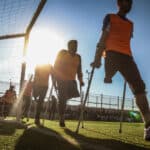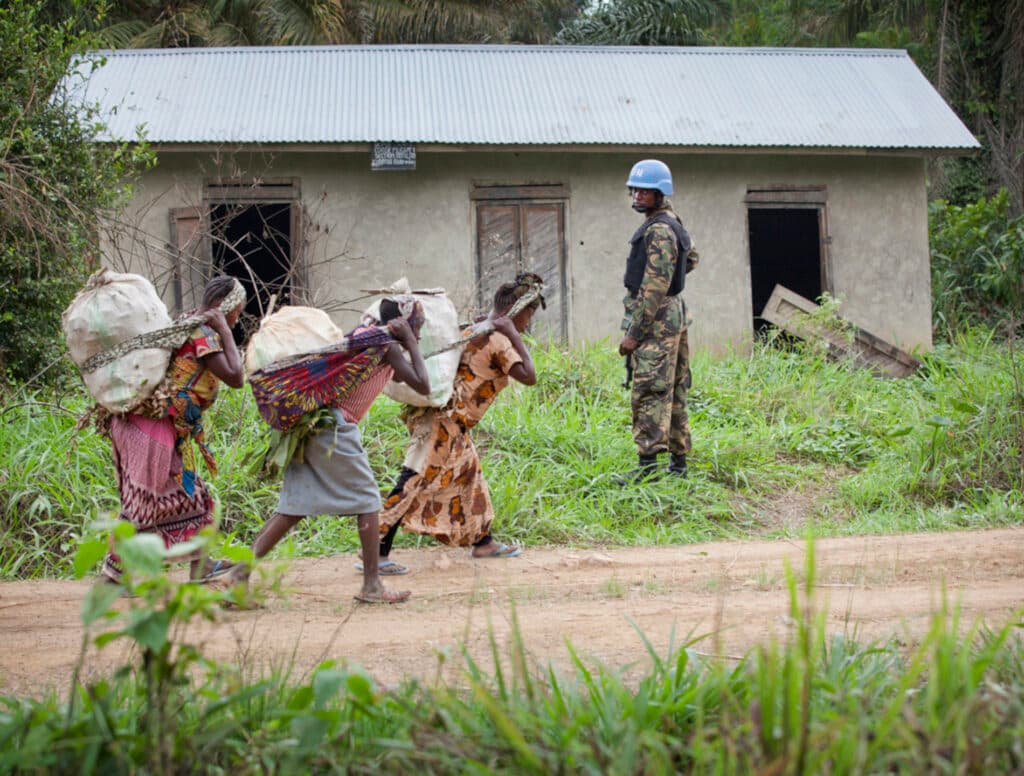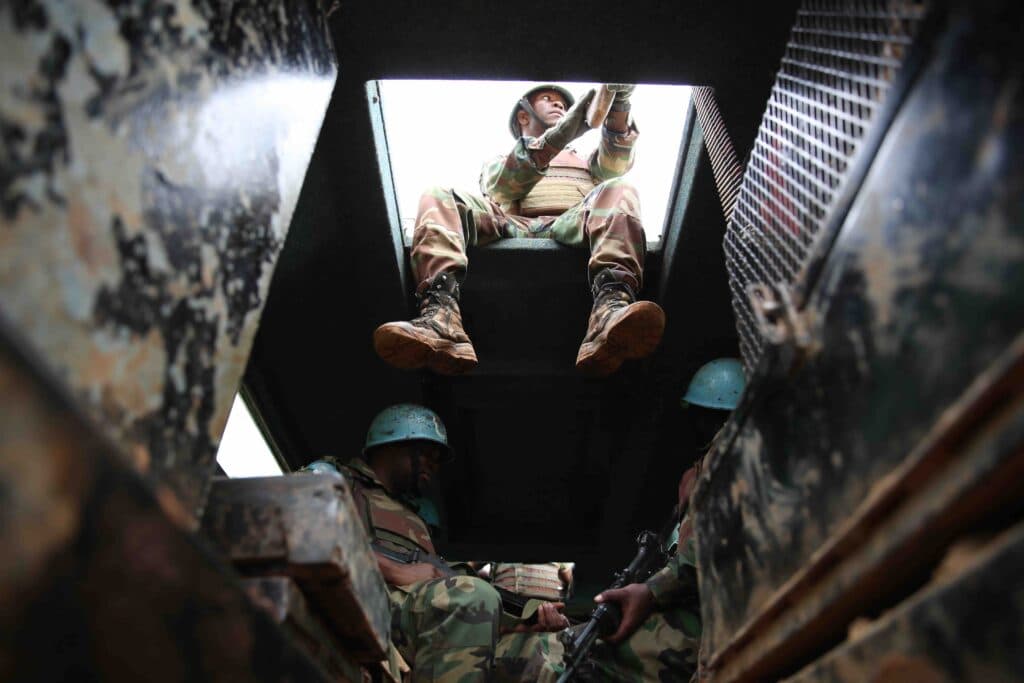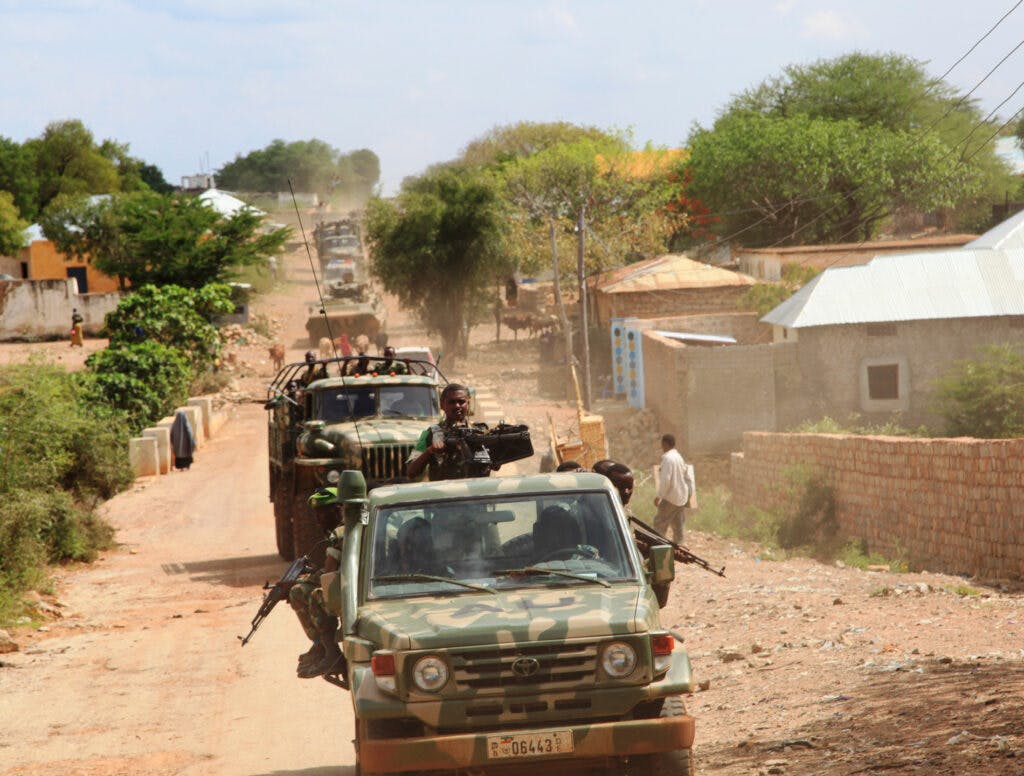
Fact sheet: Conflict and persons with disabilities
3 December 2021Approximately 15% of the world’s population has some form of disability, but the application of international humanitarian law largely ignores this group. A fact sheet on armed conflict and persons with disabilities.
Download PDF (opens in new window)

How many people with disabilities live in conflict settings?
Approximately 15% of every population are persons with disabilities. However, in conflicts that have been going on for longer periods of time, the number is likely to be far higher. In Syria, for example, at least 25% of persons aged over 12 have a disability.
Disabilities include physical, sensory, psychosocial, and intellectual impairments.
How does conflict affect persons with disabilities?
Persons with disabilities living in conflict settings face increased risk of injury, death, sexual violence, and other serious harm. Persons with disabilities are denied their right to flee the violence because warnings, evacuation routes, and emergency information are not accessible. Sometimes persons with disabilities are deliberately targeted or used as human shields. Women and girls with disabilities are at increased risk of sexual and gender-based violence. Persons with disabilities fleeing the violence are often excluded from assistance provided to displaced persons and refugees. Inaccessible humanitarian assistance, including shelter, food, water, and medical support, can have a catastrophic impact on the health of persons with disabilities.
In the aftermath of armed conflict, people with disabilities are routinely denied access to justice and excluded from peace processes. Across the conflict and post-conflict setting persons with disabilities are widely seen as passive victims and are yet to be recognised and empowered as agents of change.
Why doesn’t the law protect persons with disabilities in conflict settings?
It does! The problem is not the law but the way in which it is interpreted and applied. Many actors – military, armed groups, humanitarian organisations, legal practitioners – fail to recognise the diversity of the civilian population affected by conflict and instead see the civilian population as one homogenous group. When interpreting and applying the legal framework, they overlook persons with disabilities and fail to apply the law in an inclusive manner.
What is the Diakonia International Humanitarian Law Centre doing about it?
We are experts on the law of armed conflict and one of the only providers of legal and policy expertise that takes an inclusive approach to the interpretation and application of the law of armed conflict. We understand the diversity of the civilian population and seek to achieve an inclusive application of the law to ensure that no one is excluded from the protections it provides.
We work with governments, organisations of persons with disabilities, UN agencies and mechanisms, and with humanitarian organisations to promote inclusion.
Our objective is to enhance a disability rights perspective in the application of international humanitarian law and contribute to changes in policies and practices, for example by updating military manuals.
If you would like to hear more about our work and explore collaborations, please do get in touch.




